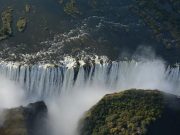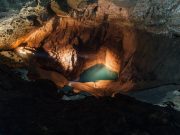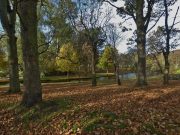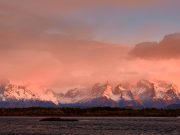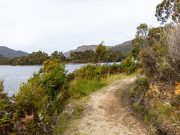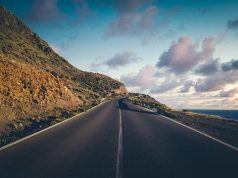In the vast tapestry of our planet’s beauty, few places captivate the soul quite like the landscapes of Africa. From the undulating dunes of the Sahara to the lush, verdant plains of the Serengeti, Africa offers a kaleidoscope of terrains that beckon to be captured through the lens of a camera. For photographers, both amateur and seasoned, the continent presents an unparalleled opportunity to explore the intricate interplay of light, shadow, and color. Yet, photographing African landscapes requires more than just technical skill; it demands an understanding of the land’s rhythm and a respect for its untamed spirit. In this article, we delve into essential tips that will help you not only capture the essence of Africa’s diverse landscapes but also tell a story that resonates with the timeless beauty of this remarkable continent.
Capturing the Essence of Africas Diverse Terrains
Embarking on a journey through Africa’s vast and varied landscapes is a photographer’s dream. From the golden dunes of the Sahara to the lush green hills of Rwanda, capturing the continent’s natural beauty requires a keen eye and a few strategic tips. Start by embracing the unique lighting conditions. The golden hours of sunrise and sunset provide the most flattering light, casting warm hues and soft shadows across the terrain. Consider how the angle of the sun interacts with the landscape, and use it to highlight textures and shapes.
- Experiment with composition: Play with the rule of thirds and leading lines to create dynamic and engaging shots.
- Showcase the scale: Include an object or person to provide a sense of scale against the vast landscapes.
- Capture the colors: Africa is rich in vibrant colors; be sure to emphasize them by adjusting your camera settings accordingly.
Moreover, the diverse terrains of Africa offer a plethora of opportunities to explore different photographic techniques. Whether it’s the vastness of the savannah or the intricate details of a rainforest, each environment presents a unique canvas. Try shooting in black and white to bring out contrasts and textures, or use long exposures to capture the movement of clouds or wildlife. Always be respectful of the land and the people who inhabit it, and let your images tell a story that resonates with the heart of Africa.

Harnessing Natural Light for Stunning Landscape Shots
Capturing the essence of Africa’s breathtaking landscapes requires an intimate understanding of natural light. The continent’s vast savannahs, dramatic deserts, and lush forests each offer unique lighting challenges and opportunities. Golden hour, the period shortly after sunrise or before sunset, is ideal for landscape photography. The sun casts a warm, diffused glow that enhances the vibrant colors of the African terrain. During this time, shadows are longer and softer, adding depth and dimension to your images.
- Embrace Overcast Skies: While bright, sunny days are often preferred, overcast skies can offer an excellent opportunity for shooting. The clouds act as a natural diffuser, providing even lighting that minimizes harsh shadows and highlights the intricate details of the landscape.
- Play with Silhouettes: Utilize the strong contrast between the sun and the landscape to create stunning silhouettes. Position your subject against the setting or rising sun to capture their outlines against a vibrant sky.
- Observe the Sun’s Path: Understanding the sun’s movement can help you plan your shots effectively. Use apps or tools that track the sun’s position to determine the best times and angles for photographing specific locations.
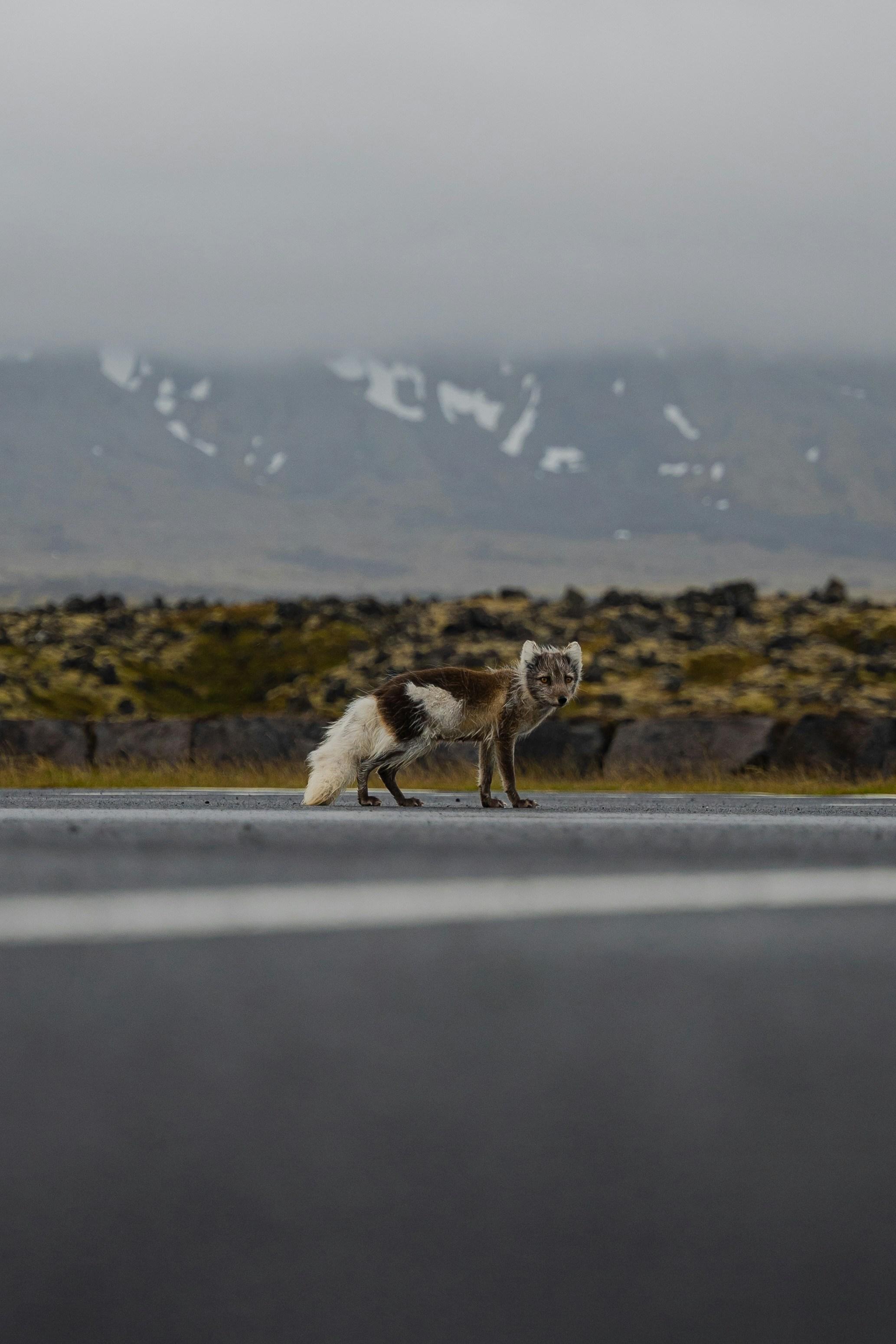
Incorporating Wildlife into Your Landscape Photography
When capturing the breathtaking African landscapes, incorporating the continent’s diverse wildlife can elevate your photography to new heights. Consider these tips to seamlessly blend fauna into your scenic shots, creating a harmonious balance between nature and wildlife:
- Patience is Key: Wildlife does not operate on human schedules. Be prepared to wait for the perfect moment when animals naturally interact with the landscape, adding depth and interest to your composition.
- Use the Right Equipment: A telephoto lens can be invaluable, allowing you to capture animals from a distance without disturbing their natural behavior. This ensures you maintain the integrity of the scene while getting close-up details.
- Study Animal Behavior: Understanding the habits and movements of local wildlife can help you anticipate moments worth capturing. This knowledge not only enhances your ability to predict actions but also helps in positioning yourself for the best angles.
- Focus on Interaction: Look for moments where wildlife interacts with the landscape, such as a herd of elephants crossing a river or a lion lounging under a baobab tree. These interactions can tell a compelling story, adding a narrative layer to your image.
- Respect Nature: Always prioritize the safety and well-being of the wildlife and environment. Keep a respectful distance and avoid disrupting the natural setting to ensure that future generations can enjoy the same beauty.
By integrating these elements, you can create stunning images that showcase the rich tapestry of life in African landscapes, offering viewers a glimpse into the intricate dance between the land and its inhabitants.
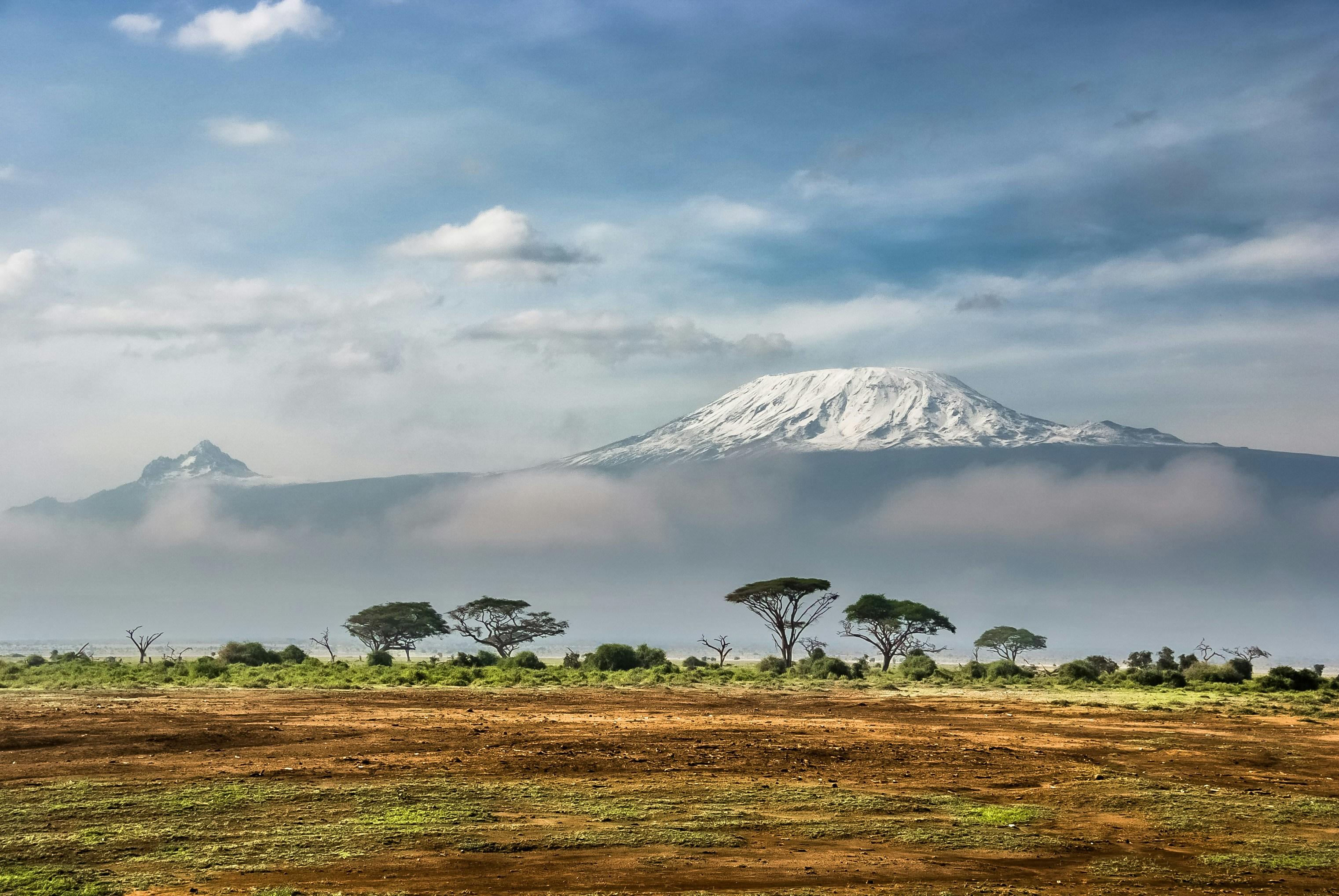
Mastering the Art of Composition in Vast Open Spaces
Photographing the sweeping panoramas of the African landscape requires a keen eye for detail and a profound understanding of composition. One of the most effective techniques is the use of leading lines to draw the viewer’s eye across the image, such as a winding river or a dirt path cutting through the savannah. Framing is another powerful tool, using natural elements like trees or rock formations to create a sense of depth and context. Experiment with the rule of thirds to balance the vastness of the open spaces with focal points like wildlife or distant mountains.
- Embrace Negative Space: Allow the vastness to speak by incorporating large areas of sky or open land, emphasizing the scale and solitude of the landscape.
- Play with Light: The golden hours of dawn and dusk can add dramatic shadows and highlights, transforming ordinary scenes into breathtaking vistas.
- Layer Elements: Capture the dynamic layers of the landscape by positioning foreground elements against the distant horizon to add dimension and intrigue.
The Conclusion
As the sun dips below the horizon, casting its golden embrace across the vast African landscape, we find ourselves at the end of our photographic journey. The diverse terrains, from the rolling savannahs to the towering dunes, offer an endless canvas for capturing nature’s artistry. By embracing the tips we’ve explored, you can immortalize these breathtaking vistas in all their glory, preserving the spirit of Africa in each frame. Whether you’re drawn to the delicate interplay of light and shadow or the vibrant tapestry of colors that dance across the land, let your lens be a bridge between the observer and the observed. As you venture forth, may your camera be your compass, guiding you to new horizons and uncharted territories. And remember, the true essence of a photograph lies not just in what is seen, but in the stories it whispers to the soul. Safe travels, and may your photographic pursuits be as boundless as the landscapes you capture.





